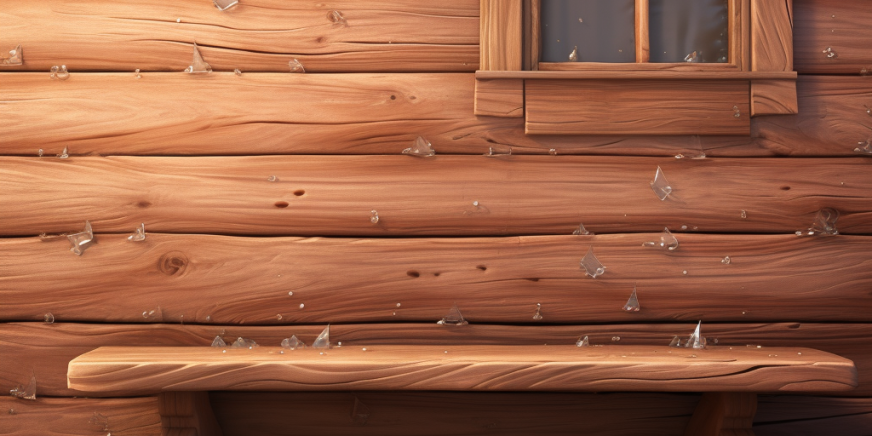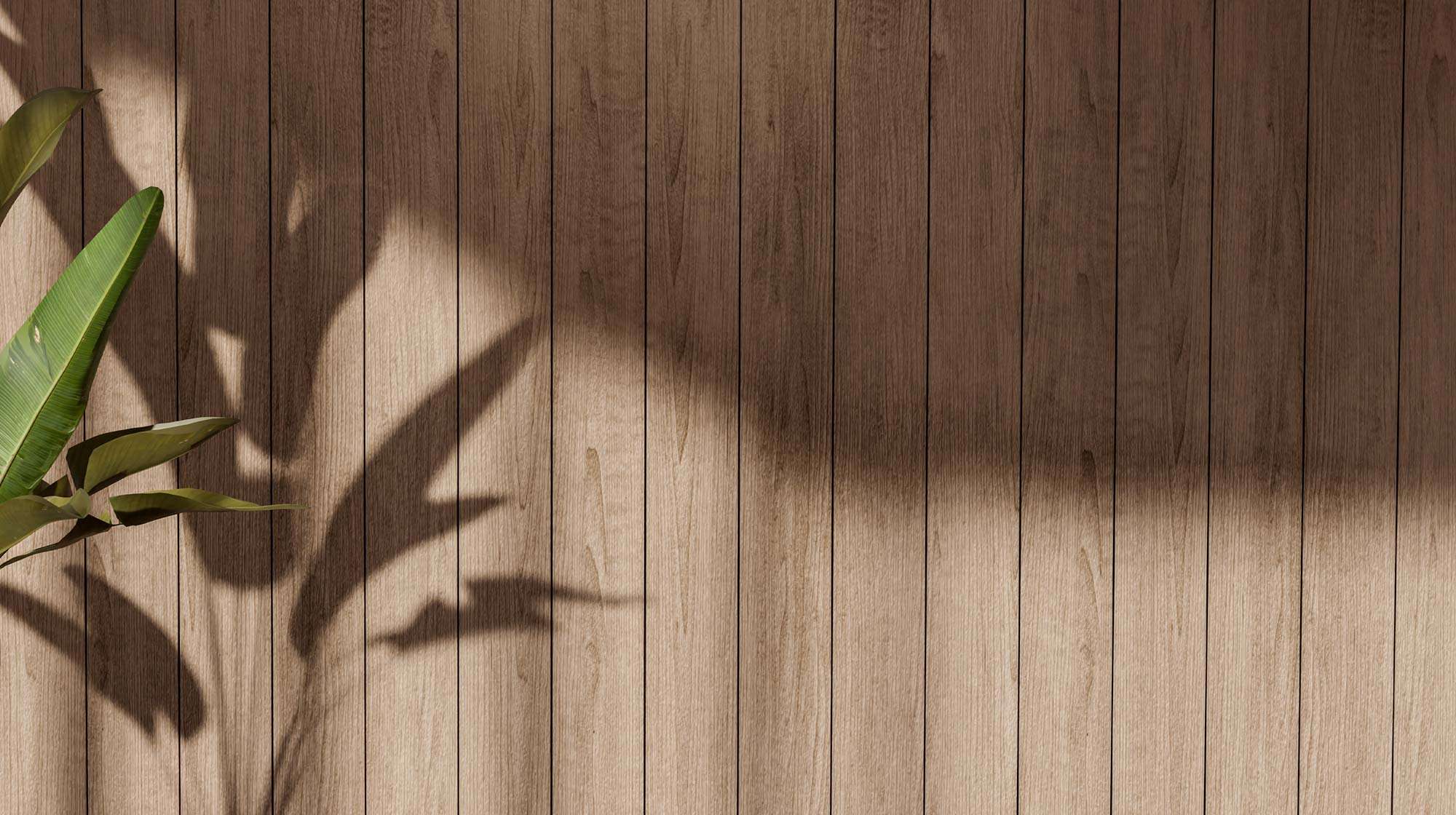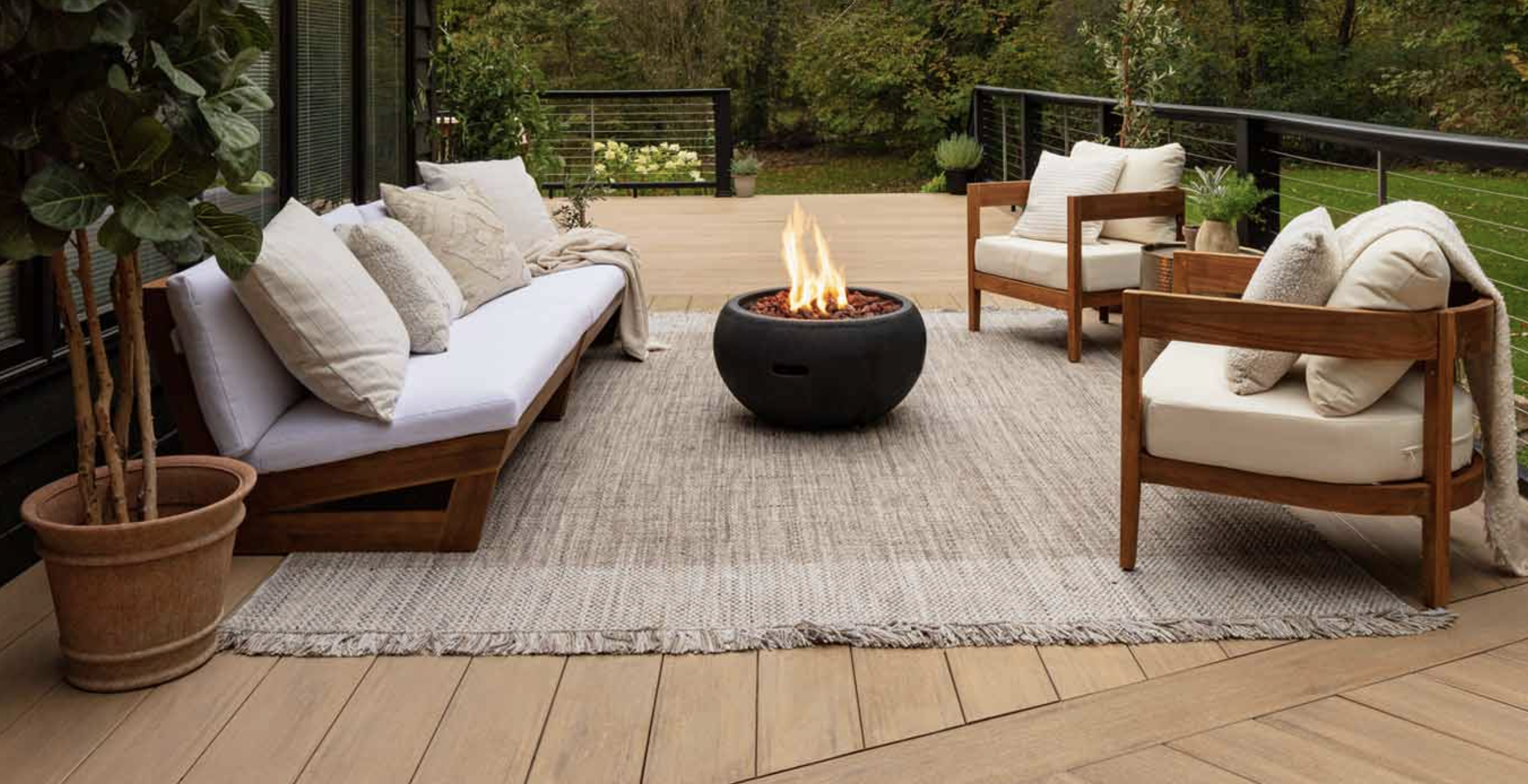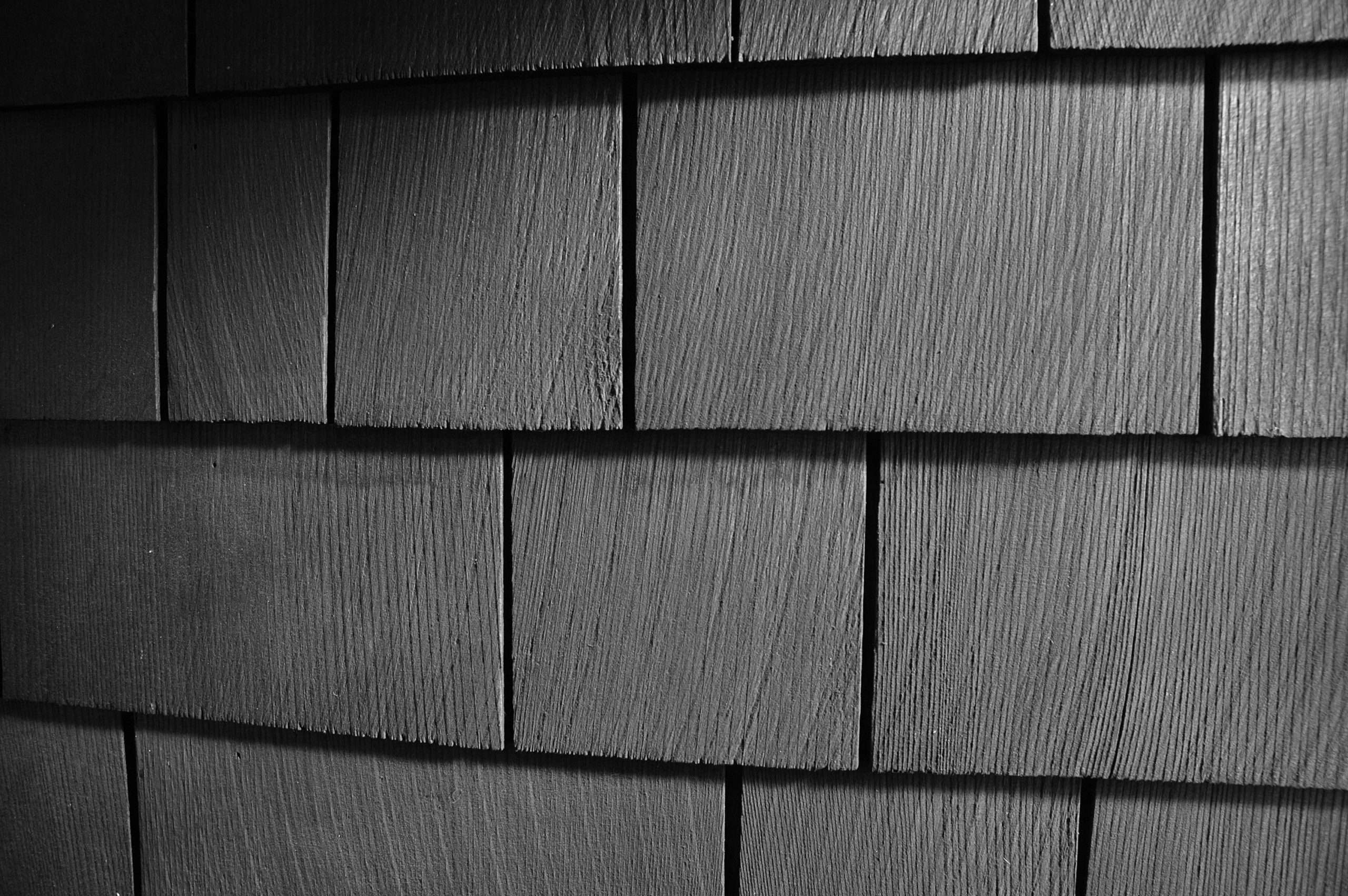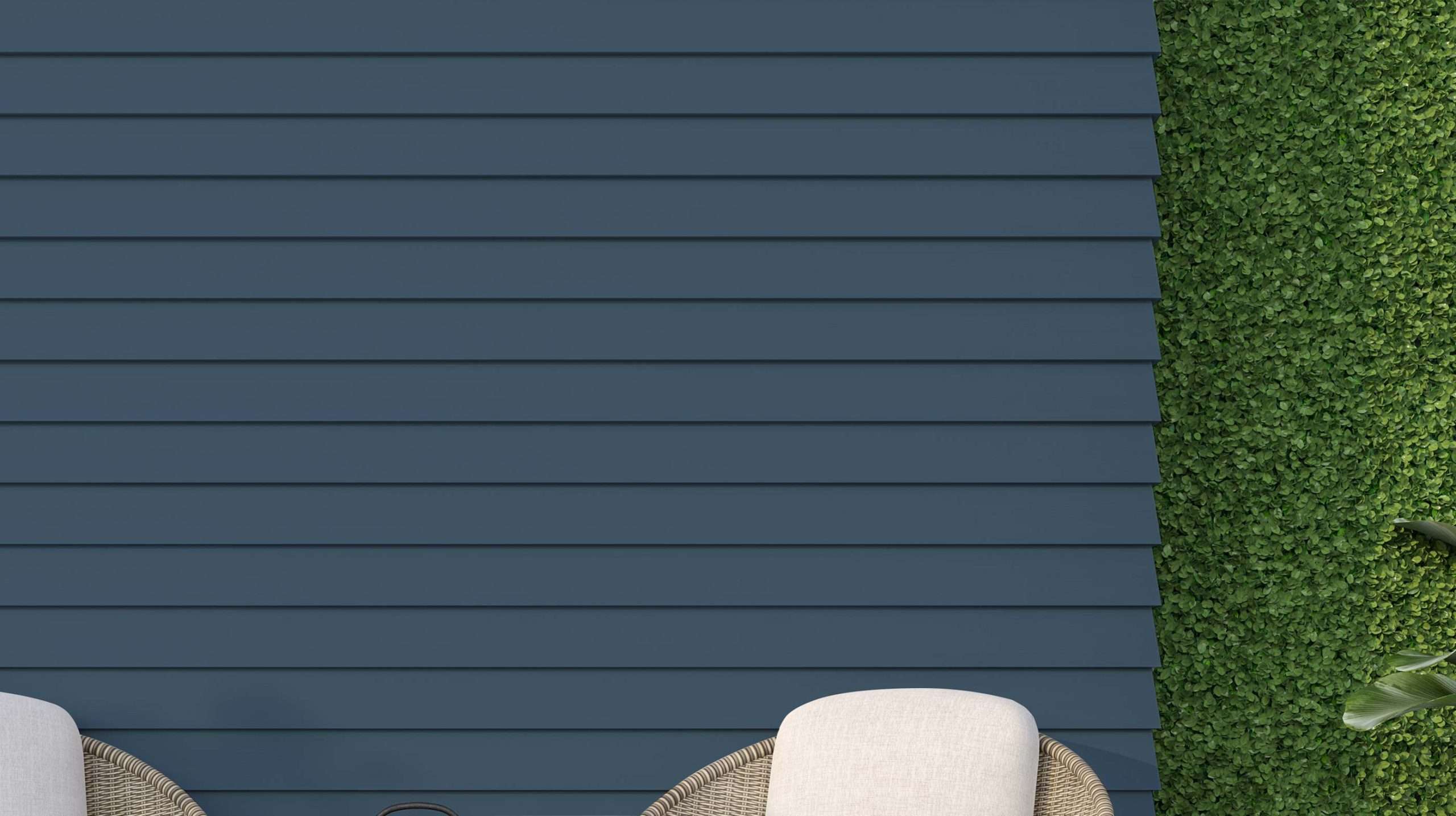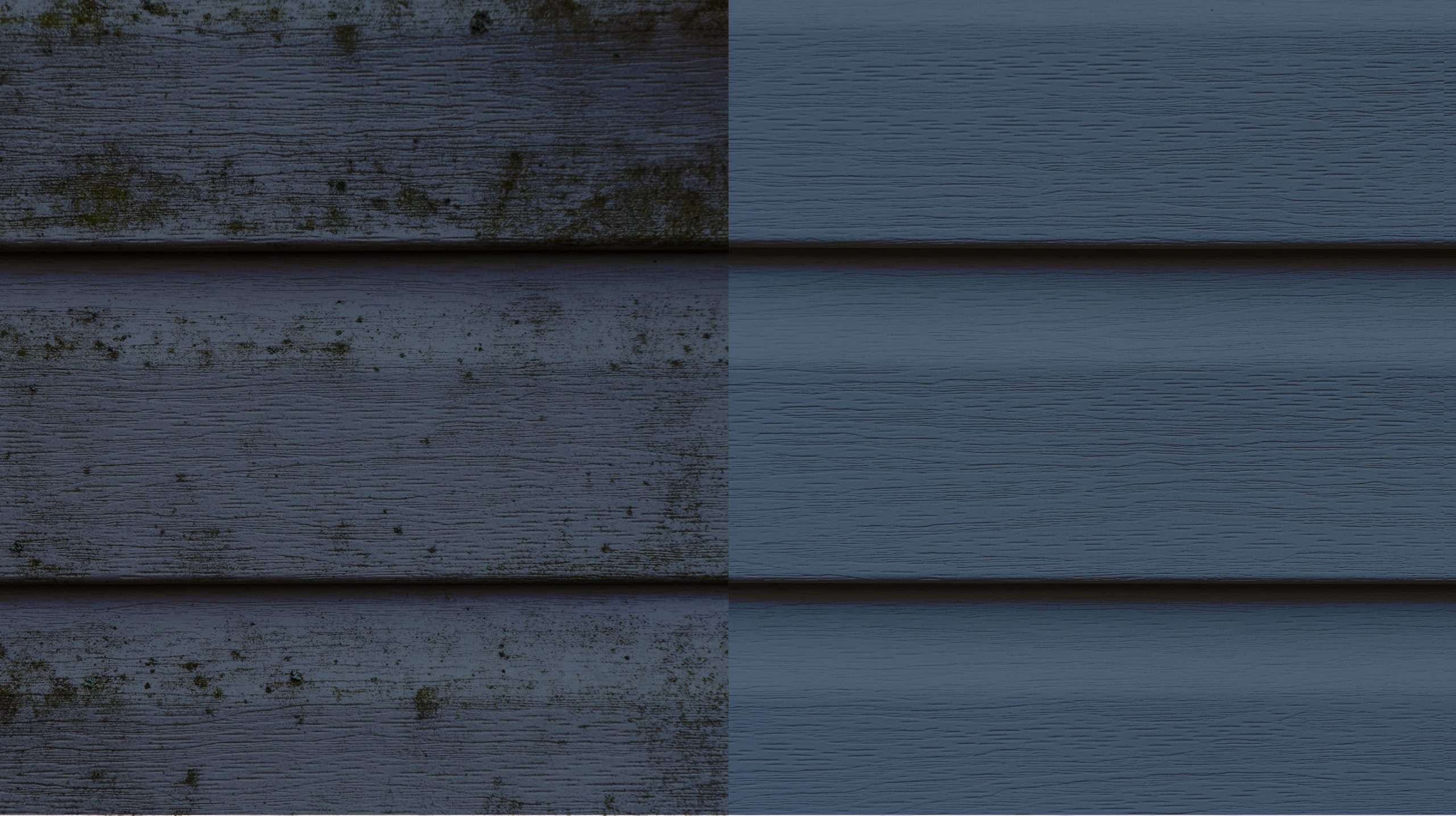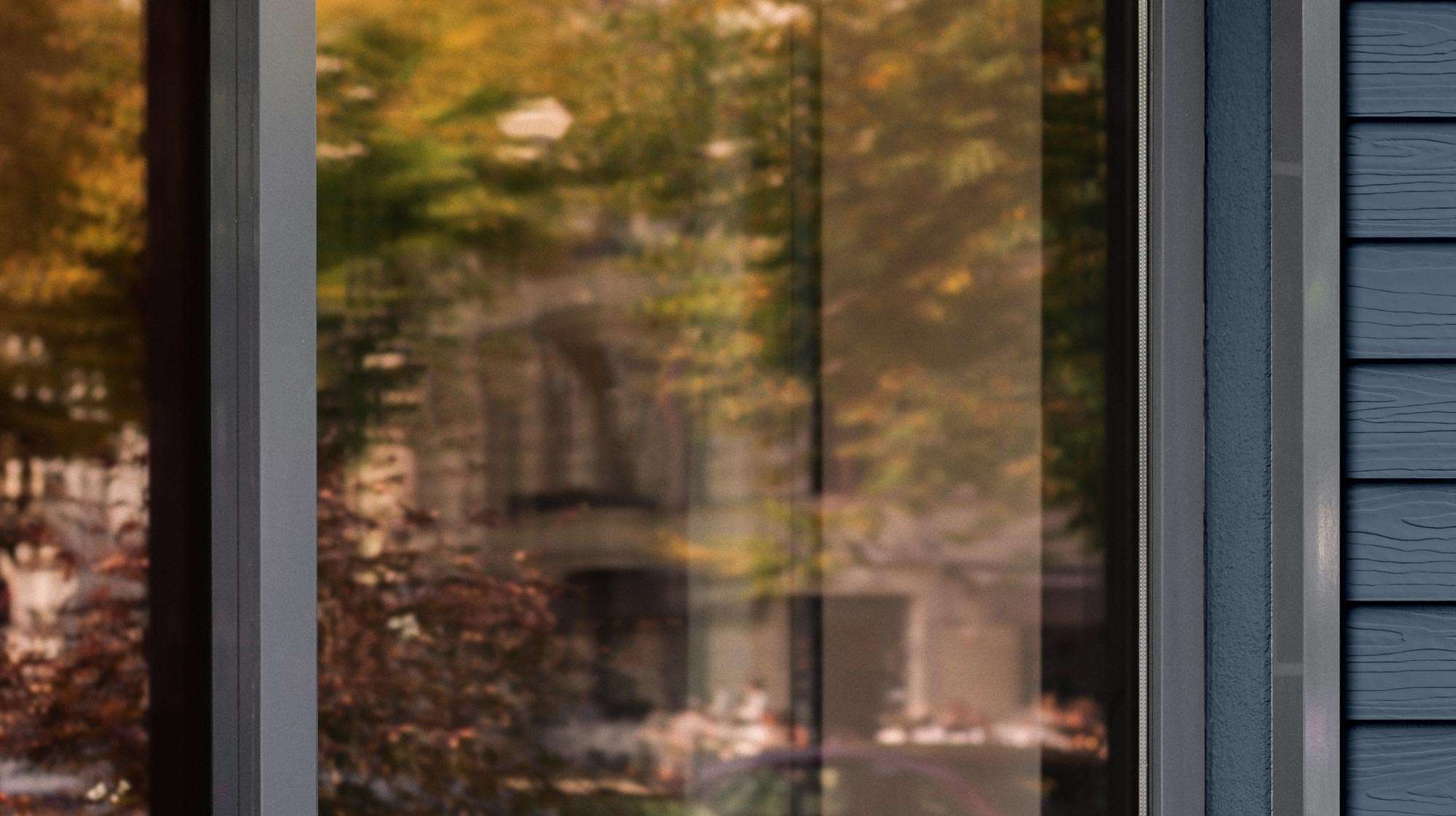Introduction
Living in the scenic coastal city of San Luis Obispo comes with its own set of challenges when it comes to home maintenance. One of the frequently overlooked aspects is the effect of water damage and salt air on various building materials. T1-11 siding, a common choice for homes in San Luis Obispo, is not immune to these effects. But what exactly happens when T1-11 gets wet? And how does salt air exacerbate the issue? Let's dive into the details to give you a comprehensive understanding.
Table of Contents
- Introduction
- What is T1-11 Siding?
- Water Damage Risks: What Happens When T1-11 Gets Wet?
- The Salt Air Factor
- How to Protect Your T1-11 Siding
- Conclusion
What is T1-11 Siding?
A Popular Choice for Residential Homes
T1-11 is a type of plywood siding that has gained popularity for its ease of installation and relatively lower costs. It is frequently used for its rustic, wood-grained appearance, making it a preferred option for homes in settings that wish to maintain a natural aesthetic.
The Composition of T1-11
T1-11 siding is typically made of plywood or Oriented Strand Board (OSB) and comes in various grades and thicknesses. The outer layer is usually textured to mimic the appearance of traditional wood siding.
Water Damage Risks: What Happens When T1-11 Gets Wet?
Swelling and Warping
When T1-11 siding gets wet, it can swell and warp, potentially compromising the structural integrity of your home. Over time, water-soaked T1-11 siding will show visible signs of damage such as buckling, cupping, or twisting.
The Potential for Mold and Mildew
As with any wood-based product, prolonged exposure to water can lead to the growth of mold and mildew. This can become not only an aesthetic problem but also a health risk for your family.
Accelerated Decay
Water damage can speed up the rate of decay of T1-11 siding, making frequent replacements or repairs necessary. This can become a substantial ongoing cost, especially when you consider that San Luis Obispo's humid climate and salt air can exacerbate these issues.
The Salt Air Factor
Salt-Induced Corrosion
The salt in the coastal air can have a corrosive effect on nails and fasteners, weakening their ability to hold the T1-11 panels in place. This might lead to an increased susceptibility to water damage as openings are created.
Reduced Lifespan
Salt air can also reduce the lifespan of the paint or stain that protects your T1-11 siding, making it more vulnerable to water infiltration. When the coating deteriorates, the siding itself is exposed, increasing the risk of water damage.
How to Protect Your T1-11 Siding
Regular Maintenance and Repainting
The key to maintaining your T1-11 siding in a challenging environment like San Luis Obispo is regular maintenance. Inspecting the siding for signs of damage, especially before the wet seasons, is crucial. Sealing any cracks and repainting can go a long way in increasing the siding's lifespan.
Consider Alternative Materials
If you find that the costs and labor of maintaining T1-11 siding are getting overwhelming, you might consider transitioning to more resilient materials that are better suited for coastal conditions, like Hardie board or vinyl siding.
Conclusion
Water damage and salt air are significant considerations for homeowners in San Luis Obispo, particularly for those with T1-11 siding. Regular maintenance is crucial to extend the life of your siding, but it’s equally important to consider the long-term costs and benefits of your chosen material. If you’re unsure about how to navigate these challenges, consulting with professionals who understand the specific conditions in San Luis Obispo can save you time, money, and potential heartache down the line.
